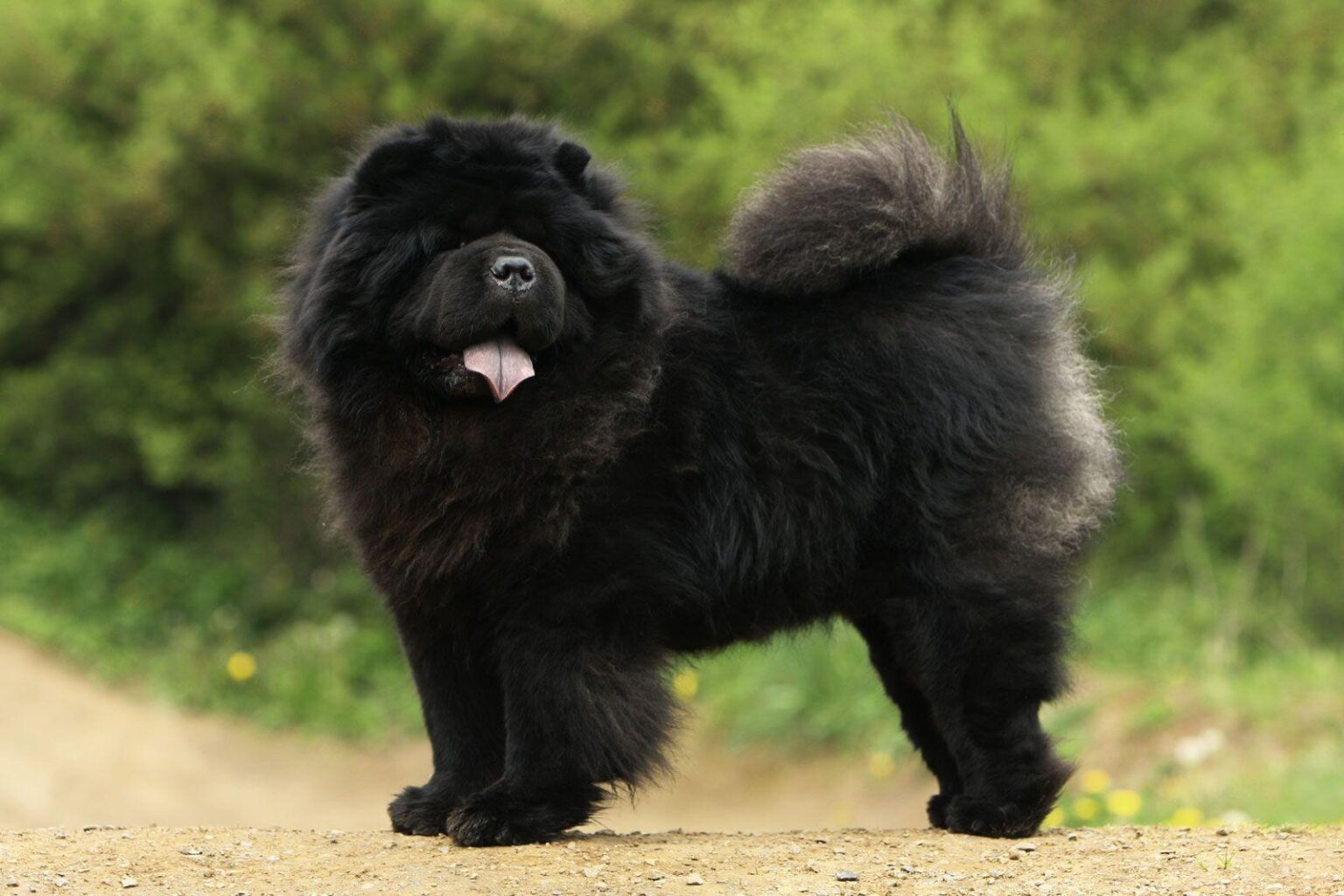When we think about maintaining our pets’ health, one of the last things that might come to mind is their poop. However, inspecting your dog’s stool can provide vital clues about their well-being, especially when it comes to identifying common parasites like worms. If you’ve ever wondered, “What do worms look like in dog poop?” you’re not alone! Many dog owners find themselves in this daunting situation, unsure of what to look for or how to react.
In this article, we’ll explore the various types of worms that can infest our furry friends, how to spot them in their droppings, and what steps to take if you find them. With a little knowledge, you can ensure that your pup remains happy and healthy. So let’s dive in and demystify the world of dog poop and parasites together!
Table of Contents
- Understanding the Appearance of Worms in Dog Poop
- Common Types of Parasites Found in Dog Feces
- How to Easily Identify Worms in Your Dogs Stool
- Tips for Maintaining Your Dogs Health and Preventing Worm Infestations
- Q&A
- Concluding Remarks
Understanding the Appearance of Worms in Dog Poop
When it comes to identifying worms in dog poop, it’s essential to know what to look for. Roundworms, often resembling spaghetti noodles, are typically light brown or yellow and can measure several inches in length. Tapeworms are another common parasite, characterized by their flat, segmented bodies that can appear as small white grains or dried rice in and around the stool. Additionally, hookworms, which are usually much smaller and somewhat thinner, may be more challenging to see but can cause significant health issues for your dog.
Here’s a quick comparison of these common worms:
| Worm Type | Appearance | Size |
|---|---|---|
| Roundworms | Long, spaghetti-like | 3 to 7 inches |
| Tapeworms | Flat, segmented, resembling rice | Up to 12 inches |
| Hookworms | Thin, small threads | 1/4 to 1 inch |
Proper identification of these parasites can not only help ensure your dog’s health but also aid in taking appropriate action for treatment. If you notice any of these worms in your dog’s stool, it’s crucial to consult with your veterinarian for proper diagnosis and treatment options.
Common Types of Parasites Found in Dog Feces
Identifying parasites in your dog’s feces can be crucial for their health. The most common culprits include roundworms, tapeworms, and hookworms. Roundworms often resemble spaghetti and can be several inches long, while tapeworm segments may look like grains of rice or cucumber seeds, typically found around the dog’s rear or in their stool. Hookworms are much smaller and can be harder to see, but their presence can cause significant health issues, including anemia. Being able to recognize these parasites can help you act quickly and seek veterinary advice.
It’s also important to note other parasites such as whipworms and Giardia. Whipworms are long and thin, resembling a whip, and can cause gastrointestinal distress in dogs. On the other hand, Giardia is a microscopic parasite that doesn’t always show up in the feces but can lead to diarrhea and vomiting, requiring specific tests for diagnosis. Keeping a keen eye on your dog’s fecal matter can help spot these pests early on, allowing for timely treatment. Below is a simple comparison of these common parasites:
| Parasite Type | Appearance | Health Impact |
|---|---|---|
| Roundworms | Spaghetti-like | Weight loss, lethargy |
| Tapeworms | Grains of rice | Itching, weight loss |
| Hookworms | Small, thin | Anemia, lethargy |
| Whipworms | Long and thin | Diarrhea, weight loss |
| Giardia | Microscopic | Diarrhea, vomiting |
How to Easily Identify Worms in Your Dogs Stool
Identifying worms in your dog’s stool can seem daunting, but with a little knowledge, it’s a manageable process. Common parasites include tapeworms, roundworms, hookworms, and whipworms. Each type has its unique characteristics that can help you differentiate them. For instance, tapeworms often appear as small, flat, white segments resembling grains of rice, frequently found around the anus or in the feces. In contrast, roundworms look more like spaghetti, long and cylindrical, and can be seen in the stool if the infestation is severe. Hookworms are less visible but may cause your dog to have bloody stool, while whipworms have a distinctive shape, resembling a whip or a both end two ends thickened.
To effectively check your dog’s stool, consider the following tips:
- Inspect fresh stools: Look for any unusual shapes, colors, or presence of worms immediately after your dog defecates.
- Be alert for signs of infection: Symptoms such as vomiting, diarrhea, weight loss, or a bloated abdomen might indicate a worm infestation.
- Look for residue: Small, white grains or segments of worm may stick to your dog’s fur around their rear after they go to the bathroom.
Additionally, if you suspect your dog has worms, it may be helpful to keep a log of any abnormalities in their stool over a week. This can be shared with your veterinarian for a more accurate diagnosis. Below is a quick reference table outlining the common types of worms you might find:
| Type of Worm | Description |
|---|---|
| Tapeworm | Flat, segmented, resembling rice grains. |
| Roundworm | Long, cylindrical, similar to spaghetti. |
| Hookworm | Small, thin, may cause bloody stool. |
| Whipworm | Thin at one end and thick at the other, resembling a whip. |
Tips for Maintaining Your Dogs Health and Preventing Worm Infestations
Keeping your dog healthy and free from worms is an essential part of responsible pet ownership. Regular vet check-ups, proper nutrition, and preventive care can significantly reduce the risk of worm infestations. Here are some key practices to follow:
- Schedule Regular Vet Visits: Annual check-ups and fecal exams can help catch any parasitic infections early.
- Maintain a Balanced Diet: Provide quality dog food rich in nutrients that support a strong immune system.
- Keep the Environment Clean: Regularly clean your dog’s living area and remove feces promptly to minimize worm exposure.
- Implement a Deworming Schedule: Follow your veterinarian’s recommendations for deworming treatments to keep parasites at bay.
Additionally, being aware of potential symptoms of worm infestations can help you identify and address issues quickly. Here are some common signs to watch for:
| Symptom | Indication |
|---|---|
| Vomiting | May indicate presence of worms in the digestive system. |
| Weight Loss | Unexplained weight loss despite normal appetite can suggest a parasitic infection. |
| Diarrhea | Persistent diarrhea might be a sign of intestinal parasites. |
| Itching or Scratching | Excessive itching may indicate the presence of external parasites like fleas or ticks. |
Q&A
Q&A:
Q1: Why is it important to check my dog’s poop for worms?
A1: Checking your dog’s poop for worms is crucial for their health and wellbeing. Parasites can lead to serious health issues, including malnutrition and anemia. Identifying and treating these parasites early can prevent more severe health problems and protect your dog’s quality of life.
Q2: What are the common types of worms I might find in my dog’s poop?
A2: Common types of worms that can infest dogs include roundworms, tapeworms, hookworms, and whipworms. Each type has its own distinct appearance, which can help in identification.
Q3: What do roundworms look like in dog poop?
A3: Roundworms resemble spaghetti and can be up to several inches long. They are often yellowish or tan in color and may be seen wriggling in the feces. If you notice these worms, it’s essential to consult your vet for a treatment plan.
Q4: How can I identify tapeworms in my dog’s poop?
A4: Tapeworms look like flat, rice-like segments that may be found in the feces or around your dog’s anus. After your dog has a bowel movement, you might notice these segments moving or dried out and looking like small grains of rice. If you spot these, it’s time to visit the vet.
Q5: What do hookworms look like, and how can I detect them?
A5: Hookworms are much smaller than roundworms and are often hard to see in feces. They are typically thin and may be a dark red color. Instead of being visible in the stool, the presence of hookworms is usually confirmed through a fecal examination by your veterinarian.
Q6: Can I see whipworms in my dog’s poop?
A6: Whipworms are also quite small and may be difficult to identify. They are thin and whip-like in appearance, usually measuring about 2 to 3 inches long. Similar to hookworms, they are best diagnosed through a vet’s fecal test.
Q7: Are there any other signs that my dog might have worms?
A7: Yes! Besides observing worms in poop, other signs include weight loss despite a good appetite, bloated belly, lethargy, diarrhea, or vomiting. If you notice any of these symptoms, consult your veterinarian.
Q8: How can I prevent worms in my dog?
A8: Preventive measures include regular veterinary check-ups, maintaining a clean living environment, ensuring your dog is on a suitable parasite prevention plan, and avoiding unsupervised contact with feces from other animals. Regular deworming and a good diet can also help keep worms at bay!
Q9: What should I do if I find worms in my dog’s poop?
A9: If you discover worms in your dog’s poop, it’s essential to contact your veterinarian immediately. They can conduct tests to determine the type of worms and prescribe the appropriate treatment to get your furry friend back to good health.
Q10: Can humans catch worms from dogs?
A10: Yes, some types of worms can be transmitted from dogs to humans, particularly roundworms and hookworms. Practicing good hygiene, such as washing hands thoroughly after handling your dog or cleaning up poop, can help reduce the risk of transmission.
By staying informed and proactive about your dog’s health, you can help ensure they live a long and happy life free from harmful parasites!
Concluding Remarks
understanding what worms look like in dog poop is essential for any pet owner who wants to ensure the health and well-being of their furry friend. By familiarizing yourself with the appearance of common parasites like roundworms, tapeworms, and hookworms, you can take proactive steps in identifying potential infestations early on. Remember, it’s always best to consult with your veterinarian if you suspect your dog may have worms, as they can provide the best guidance and treatment options tailored to your pet’s needs. Keeping a close eye on your dog’s stool and maintaining regular check-ups are key components of responsible pet ownership. Thank you for taking the time to learn about this important topic, and here’s to happy, healthy pups!
















